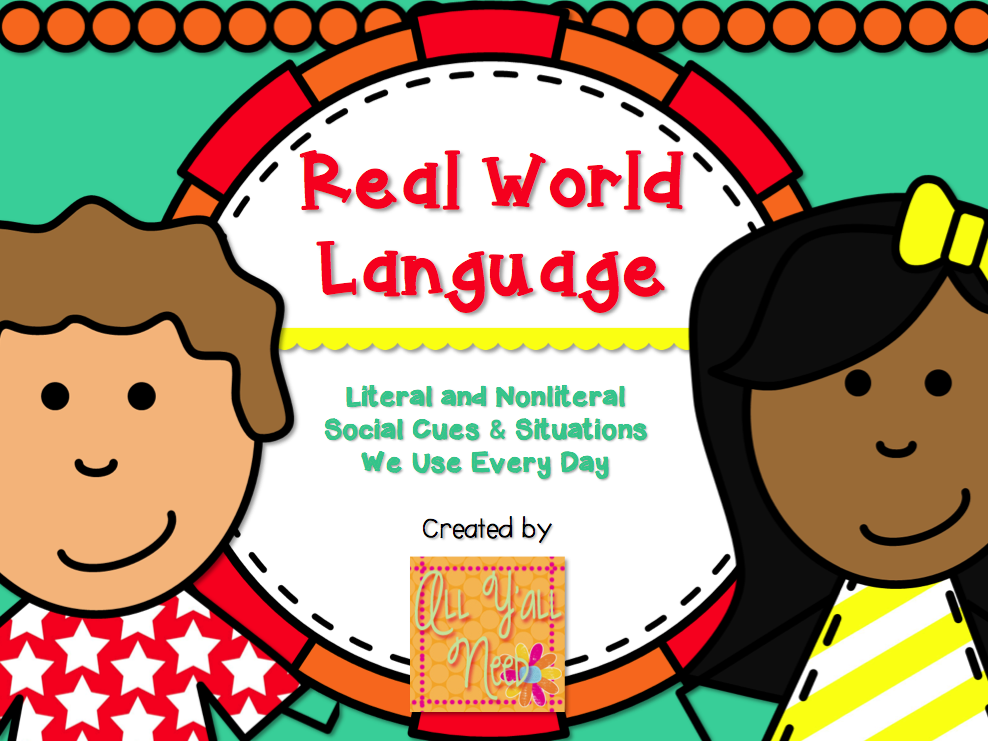We were challenged to come up with "my why" in my district this year.
As in, why do you teach?
That was pretty simple for me.
I have known and loved my why since before I became a librarian.
I said it my interview. Luckily, I still believe it is my why to this very day.
I want the kids I have today to bring books and literacy into their own homes.
I want the kids I teach today to read to their own children.
I want the kids I teach today to remember a book so fondly that they want to share it with their own children.
It's my why.....twenty-two years later.
I challenged myself to come up with what do I want to focus making a difference on.
I came up with literacy in families.
So what is your why?
Why do you teach?
Hope you all have a fabulous year.
Whether it is year one or year forty.
Have a fantastic day,
Amy



























































